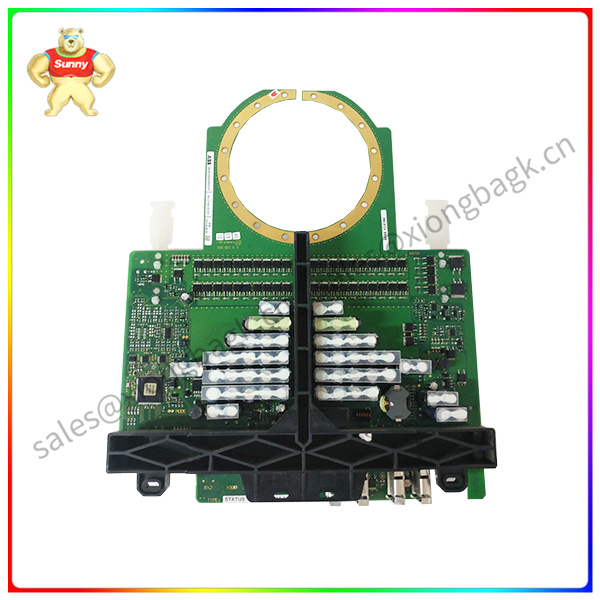Under the organization of the Standardization Technical Committee of CMR Industry Alliance, the final review of the group standard “Interface Specification of mobile robots for Industrial Applications and their dispatching system data” was held in Shenyang Siasun Robot Automation Co., LTD.! The meeting was chaired by Yang Wenhua, director of the standard committee, and Han Zhiping, software engineer of Siasun Robot, the lead unit of the standard. Li Jinke, Secretary general of the CMR Industry Alliance, Gao Feng, deputy director of the standard Committee, Liu Yang, and representatives of nearly 50 enterprises involved in the formulation of the standard participated in the meeting through offline and online means
The document “Interface Specification for Industrial Application Mobile Robot and its dispatching system data” specifies the content and format of the communication interface between industrial application mobile robot and its dispatching system, communication protocol structure, information transmission, interaction and control and other technical requirements. This group standard is applicable to the design, development and application of software related to mobile robot systems for industrial applications. The community standard specifies the communication mode between the industrial application mobile robot and its dispatching system using TCP or UDP transmission protocol.
“Interface specification for Industrial Application mobile robot and its dispatching system data” group standard since the official project in February 2022, lasted for 1 year, has been discussed by many online and offline meetings, the meeting on the relevant details and questions existed before the standard were discussed in detail, and finally all parties reached an agreement, the group standard was officially finalized. The follow-up will be officially released at the “2023 12th Manufacturing Logistics and Warehousing Intelligent Engineering Conference” held on April 20!

3BHE039203R0101-GVC736CE101
The publication of the group standard “Interface Specification for Mobile Robots and their Scheduling System Data for Industrial Applications” is of great significance to the entire mobile robot industry. Both mobile robot industry and terminal application customers attach great importance to the unification of scheduling system interface standards. In addition to the mainstream mobile robot manufacturers in the industry, there are also many industrial users such as Ningde Times, BYD, FAW-Volkswagen, Foxconn, Huawei, Sany Group, Baowan Logistics, Changan Minsheng Logistics, Volkswagen Logistics, ZTE and Liyao Logistics.
In recent years, China’s mobile robot industry has developed rapidly, according to CMR industry alliance data, the new strategic mobile robot industry Research institute statistics, in 2022, China’s industrial application of mobile robots (AGV/AMR) sales of 93,000 units (including sales to overseas markets), an increase of 29.17% compared with 2021, the market size reached 18.5 billion yuan. Year-on-year growth of 46.82%. With the continuous extension of the breadth and depth of industrial applications of mobile robots, new problems have also emerged. When an application scenario may require multiple types of multi-brand products to work together, each supplier has its own specific scheduling management software. The coordination between application manufacturers and suppliers not only requires a lot of manpower and material resources in the early stage, but also requires a lot of manpower and material resources. And in the use of interoperability is poor, but also will encounter a series of problems such as later maintenance costs will also increase.
The European standard VDA 5050 communication interface standard has been published in 2021. This standard deals with the communication between the AGV and the master control (in other words, the fleet management software program). But VDA5050 is a standard from Germany, the Chinese market actually has its own different characteristics, need to develop their own standards.
To promote multi-machine cooperation and multi-brand scheduling has become the general trend of the development of the industry, and the unification of the interface standard of the scheduling system is imminent. This is the key for Chinese mobile robots to stand out in the competition among many mobile robot brands in the world in the future, and it is also the key breakthrough for Chinese mobile robots to master the right to speak of global mobile robots.
 中文版
中文版




